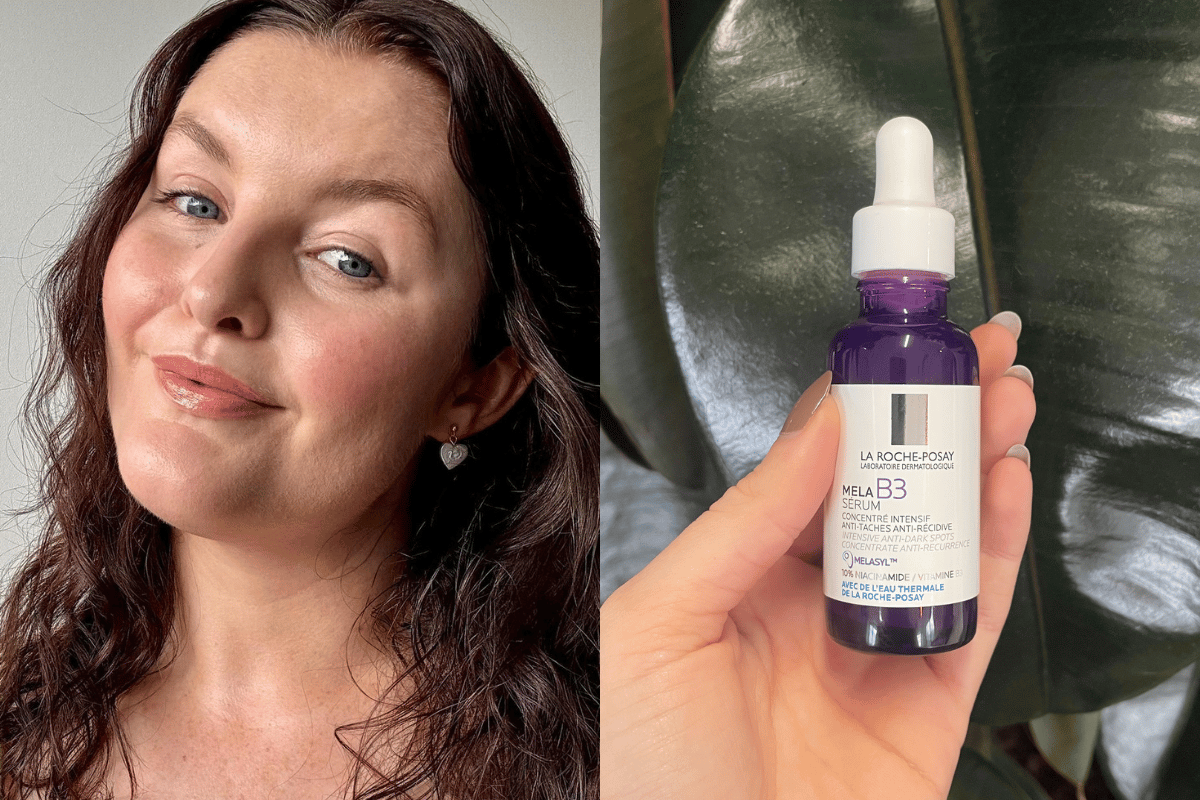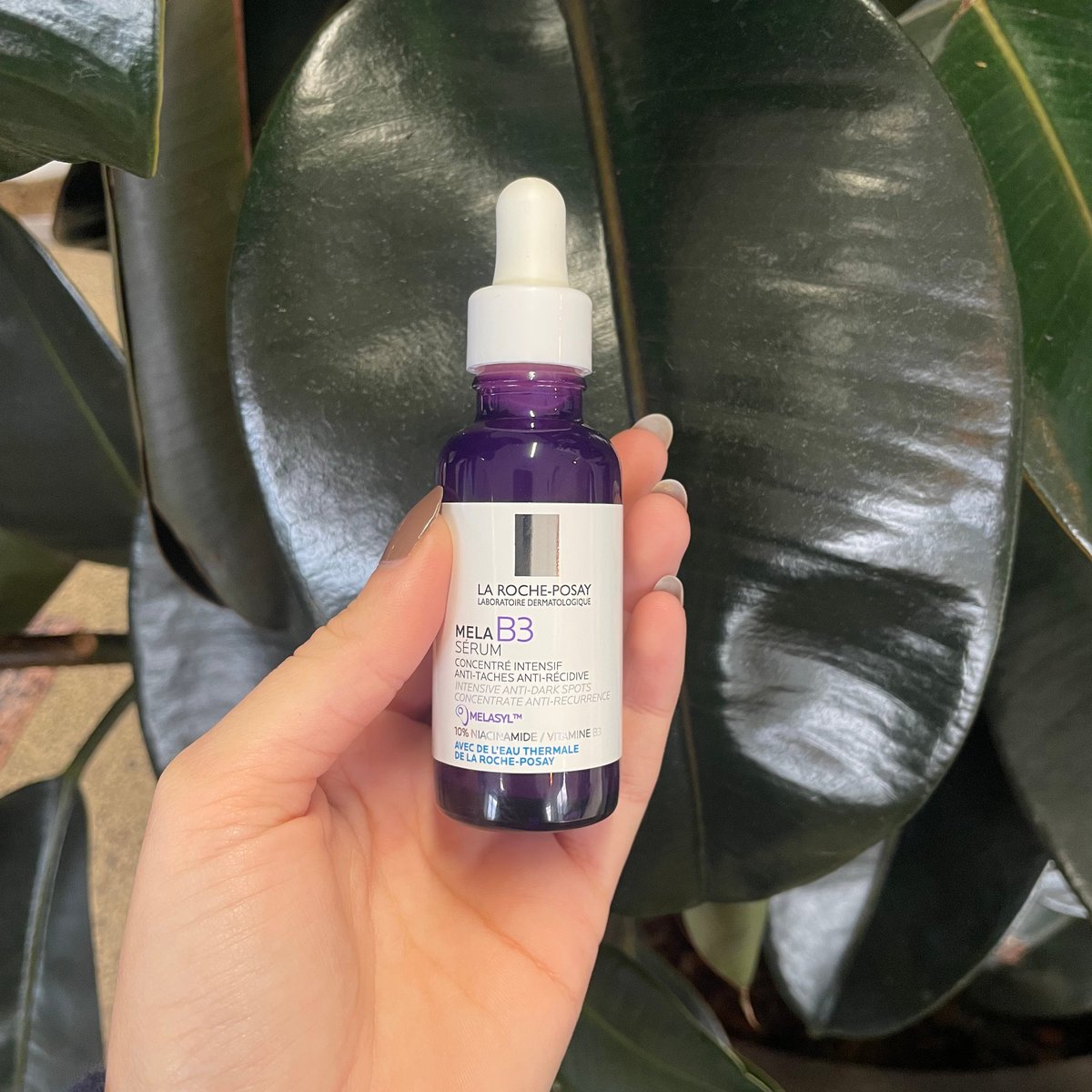

Hyperpigmentation. A term that gets thrown around a lot when it comes to skin, and I’m sure it’s not just me who has questions — like, a lot of questions.
What actually is it? What should I do about it? Is my skin type more prone to developing it?
With the launch of the new Mela B3 Niacinamide Serum for Dark Spots by La Roche-Posay, we thought it would be the perfect time to help clear up some of the confusion, so we can feel more confident in how we look after our skin.
I took all our questions about skin hyperpigmentation to dermatologist Dr Michelle Rodrigues, who came through with some stellar expert advice, including how to best structure a routine to target uneven skin tone.
What is hyperpigmentation and what causes it?
"Hyperpigmentation comes in many shapes and forms. 'Hyperpigmentation' is not a diagnosis, but rather a term that describes skin that is darker than that person’s normal skin type," said Dr Rodrigues.
Right! No wonder the word is thrown around a lot — it can mean something different for everyone. "There are well over 45 causes of hyperpigmentation on the face alone. Each looks subtly different to the naked eye, is caused by different things and requires different treatment approaches," shared Dr Rodrigues.
Some common examples include dark spots, freckles and melasma. All of these present in their own way and can cause pigmentation changes that are brown, pink, red or even grey patches.
Dr Rodrigues also said, "In those with darker skin types, commonly called 'skin of colour', hyperpigmentation can result after any inflammation in the skin. This is called post-inflammatory hyperpigmentation."
If you commonly experience breakouts and pimples on your skin, you’re probably quite familiar with how different your skin can look once the actual breakout has healed. "Acne (pimples) is one of the commonest causes of post-inflammatory hyperpigmentation," adds Dr Rodrigues.


